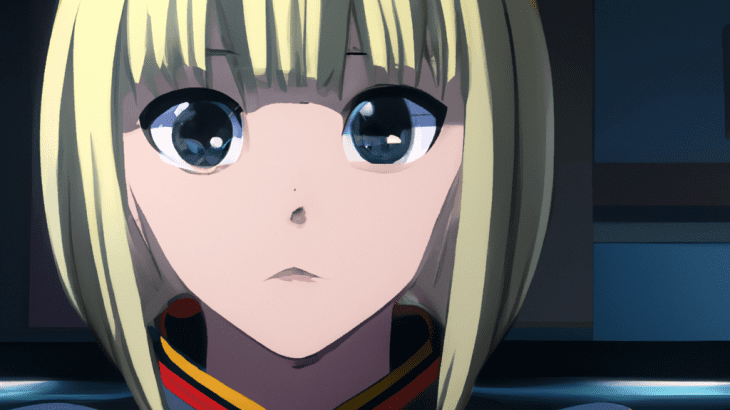Unveiling the Cultural Influences in Anime: How Japanese Traditions and Beliefs Shape Anime Storylines
Japan’s rich cultural heritage has always been a source of inspiration for creators of various art forms, including anime. This unique blend of traditional Japanese traditions and modern storytelling has made anime a global phenomenon. In this article, we will delve into the cultural influences that shape anime storylines and give this vibrant medium its distinct identity.
The Influence of Shintoism and Buddhism
Shintoism and Buddhism are two major religions in Japan that have greatly influenced the themes and motifs found in anime. Shintoism, with its focus on nature and spirits, often appears as mystical creatures or supernatural forces in anime. These creatures, known as yokai, can be found in popular titles like Spirited Away and Natsume’s Book of Friends.
Buddhism, on the other hand, explores themes of life, death, and reincarnation. Many anime series, such as Death Note and Tokyo Ghoul, explore these existential concepts and often question the nature of morality and the meaning of life.
Watch this video for a fascinating exploration of how Shintoism and Buddhism influence anime:
The Impact of Traditional Festivals and Customs
Japan is known for its vibrant festivals and rich cultural customs. These celebrations frequently find their way into anime storylines, providing a unique backdrop for the narrative. For example, Fireworks is a popular theme in anime and often serves as a symbol of fleeting moments or unrequited love.
One of Japan’s most famous festivals, the Sakura (cherry blossom) season, is also frequently depicted in anime. The delicacy and transient nature of cherry blossoms often serve as a thematic element, representing the ephemeral beauty of life. Anime like Your Lie in April and The Pet Girl of Sakurasou beautifully capture the essence of this cultural phenomenon.
The Way of the Samurai
The samurai, with their strict code of honor and unwavering loyalty, have long been romanticized in Japanese culture. Anime often draws inspiration from this historical figure, crafting stories with skilled swordsmen and epic battles. Titles like Rurouni Kenshin and Samurai Champloo are prime examples of how the samurai ethos shapes anime narratives.
Additionally, concepts such as bushido (the way of the warrior) and the importance of honor and sacrifice often resonate throughout these stories, providing a cultural context and giving viewers a glimpse into Japan’s historical past.
The Power of Japanese Folklore
Japanese folklore is a treasure trove of fantastical creatures, mythical beings, and intriguing legends. Anime draws heavily from this folklore, incorporating these elements into its storytelling. From legendary fox spirits, known as kitsune, to shape-shifting tanuki, these mythical creatures add depth and mystery to anime narratives.
Anime series like Natsume’s Book of Friends and InuYasha explore the relationship between humans and yokai, drawing from traditional folklore tales. This fusion of traditional beliefs and modern storytelling creates a captivating viewing experience.
Conclusion
Japanese traditions and beliefs play a significant role in shaping anime storylines. From the influence of Shintoism and Buddhism to the incorporation of traditional festivals, customs, samurai ethos, and folklore, anime weaves together elements of Japan’s rich cultural heritage.
Next time you dive into the world of anime, take a moment to appreciate the cultural influences that make it such a unique and captivating medium.
Do you want to explore how Japanese traditions and beliefs influence anime even further? Check out this video for a deeper dive:
References:
– Reference 1
– Reference 2
– Reference 3
